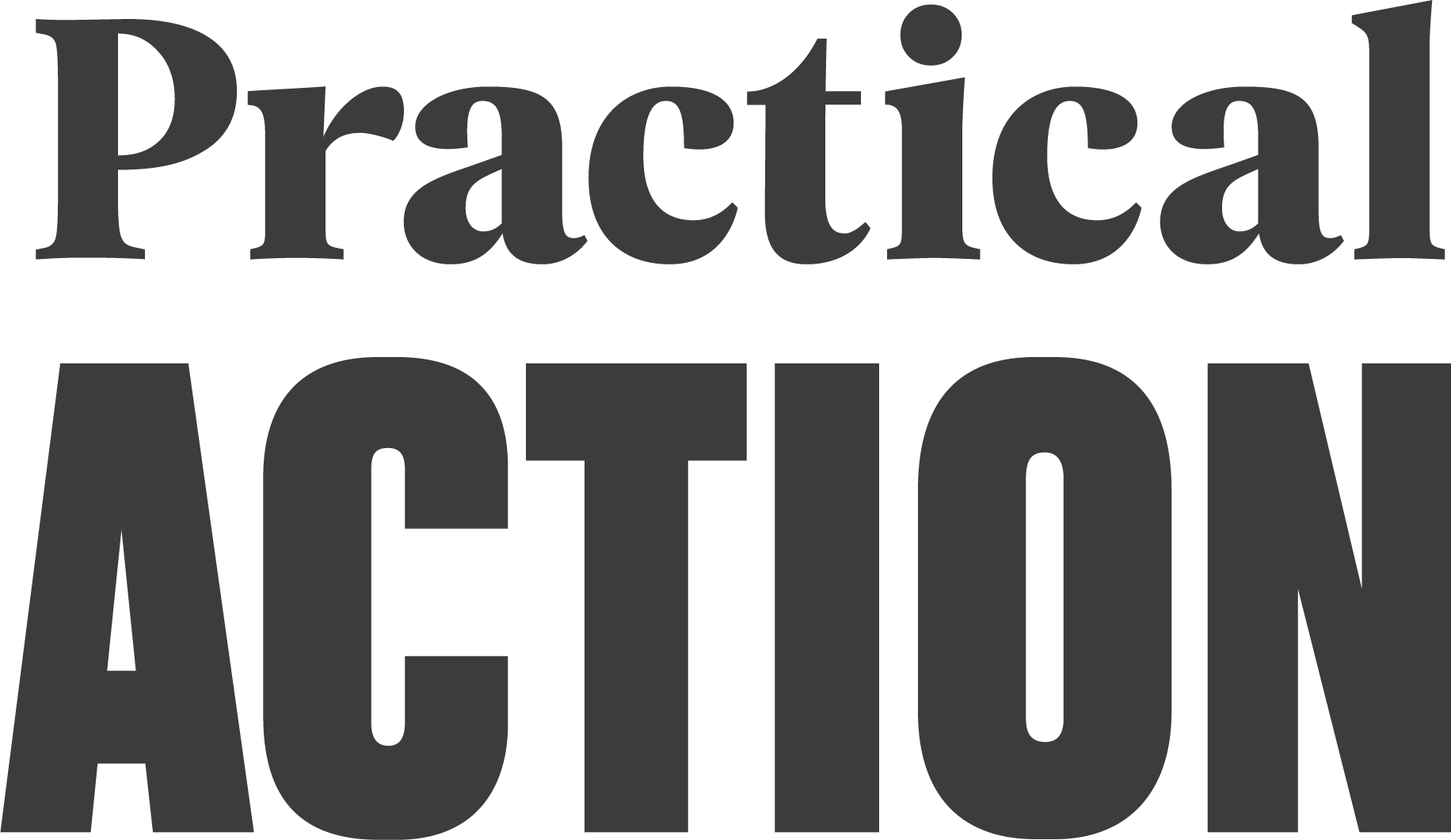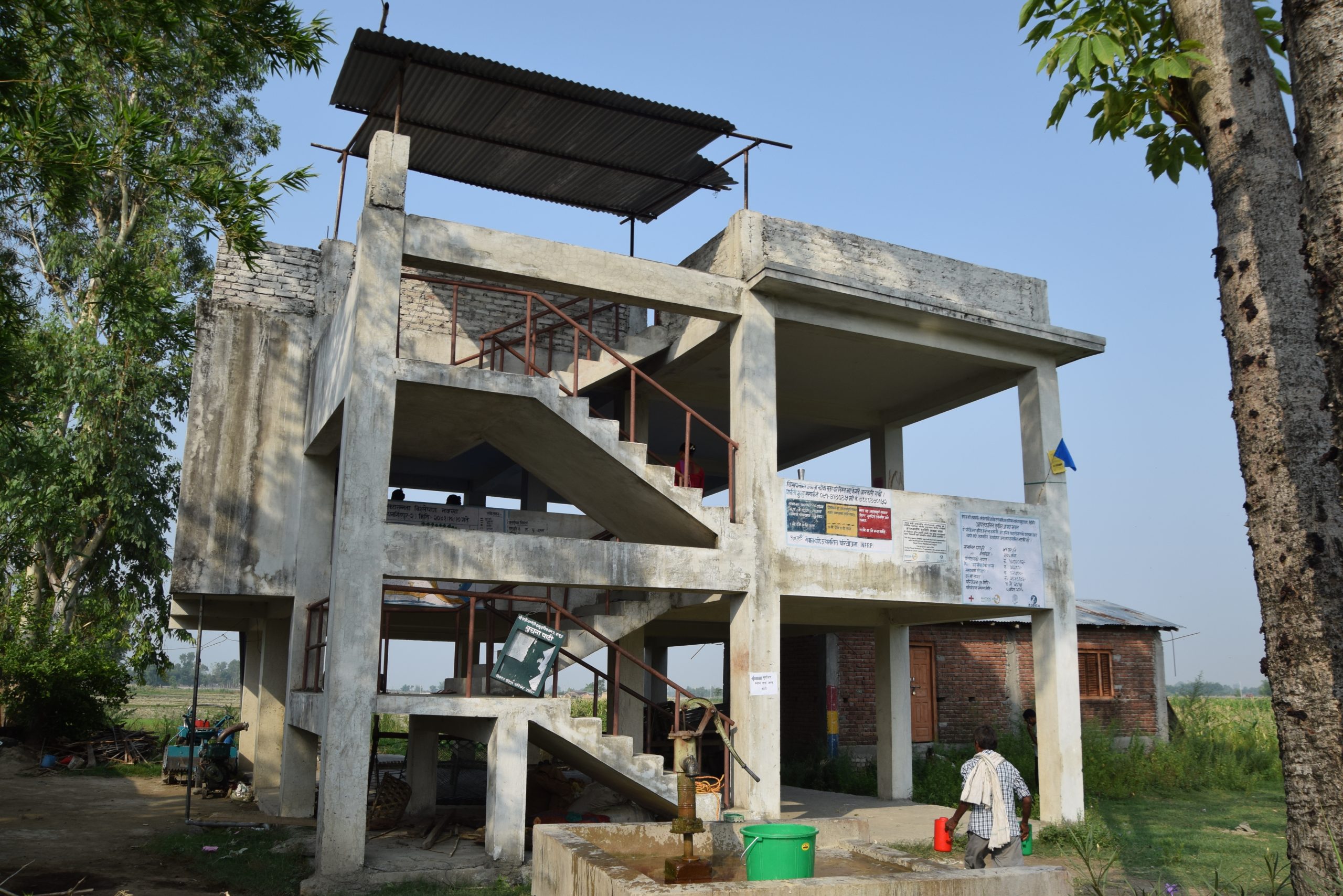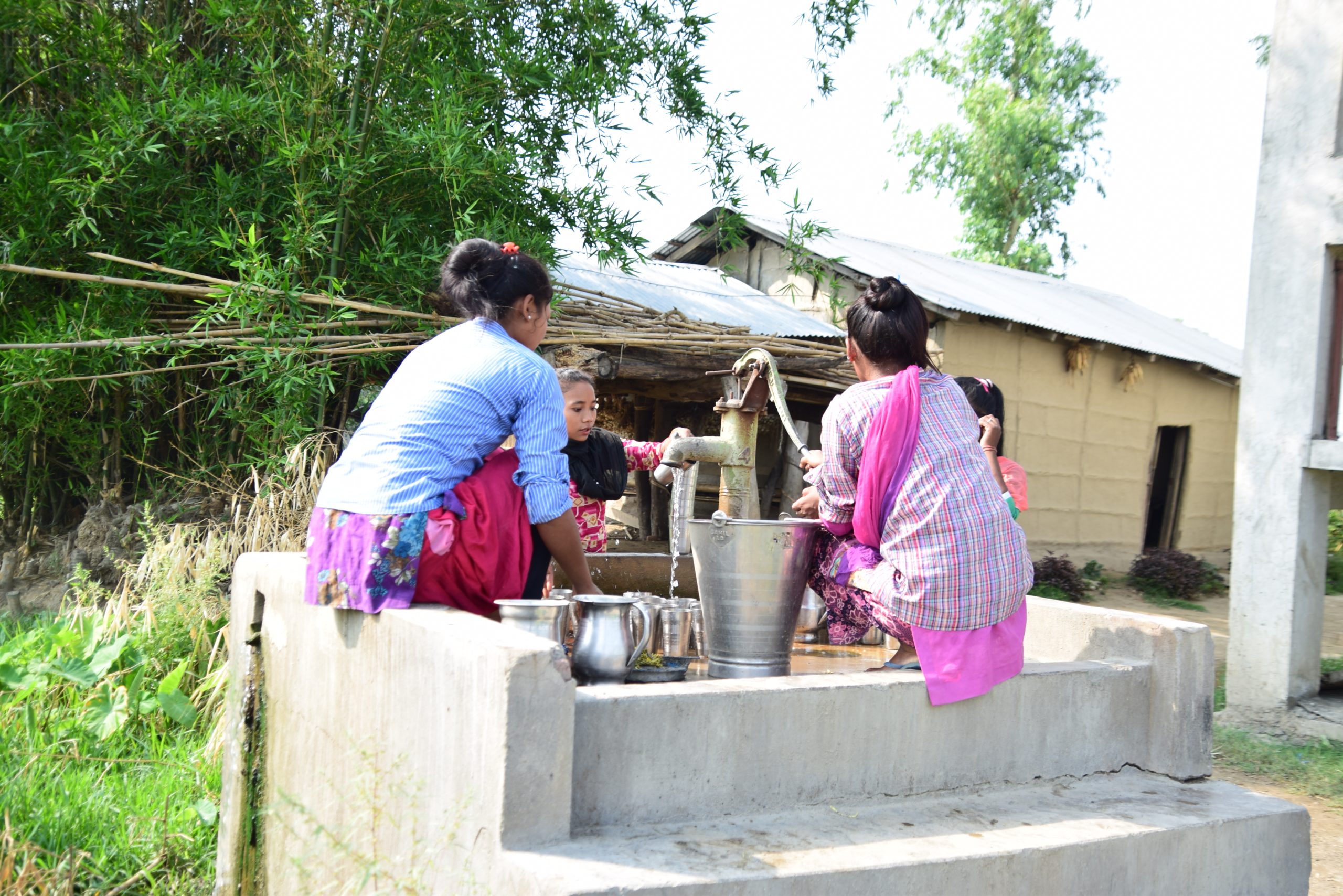Our impact so far
According to the GermanWatch, Nepal is among the ten countries most vulnerable to climate-induced hazards. Data shows that 65% of annual losses and damage result from climate-induced disasters. Floods recur annually in the southern Terai region, where more than 50% of the population resides. The monsoon extreme rainfall across the region in 2017 alone resulted in a loss equivalent to US$ 585 million, requiring US$ 705 million for recovery. These regions are also affected by heatwaves, cold waves and drought.
Practical Action and Mercy Corps are working to enhance flood resilience across 27 vulnerable communities in Nepal. We believe that secure, productive, and just communities emerge when the private, public, and civil society sectors interact with accountability, inclusive participation, and mechanisms for peaceful change. Transformational change occurs through the combination of programmatic impact in our communities; the ability to influence change makers at local and global levels; and a restlessness to innovate in search of better solutions. Our work in Nepal thus far has focused on increasing the resilience of climate-vulnerable smallholder farmers and marginalized people by enabling access to early warning systems and risk transfer mechanisms, implementing flood-resilient development practices, and livelihood diversification.
The International Federation of Red Cross and Red Crescent Societies and Nepal Red Cross Society have supported strengthening disaster law in the country. In response to new responsibilities related to disaster risk reduction and management at the municipal level, the program led the development of a self-assessment tool to support municipal authorities in understanding their roles and responsibilities related to disaster risk management, as well as to identify resources, strengths, gaps, and priorities. The Municipal Disaster Risk Governance Assessment Tool was co-created in collaboration with diverse stakeholders to ensure the inclusion of diverse perspectives and to promote broad acceptance and implementation of the methodology
Programme highlights
The future
Through the Climate Resilience Programme, Alliance teams have a goal to increase social, political, and financial investment in community-based flood and heat resilience-building through public, private, and third-sector partnerships to achieve the following:
- To build ex-ante resilience of communities at risk.
- To improve early warning and early action in advance of probable hazards.
- To enable quick recovery of people’s livelihoods through compensation and/or insurance.









